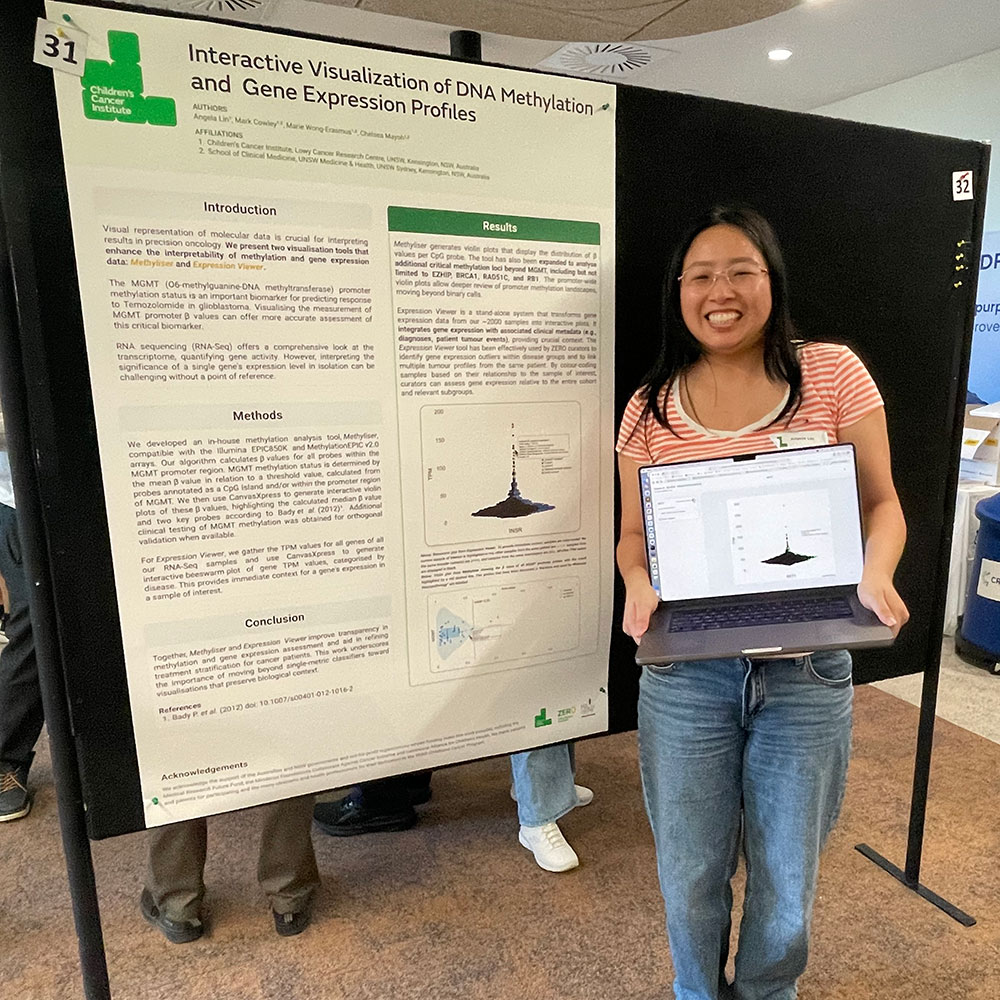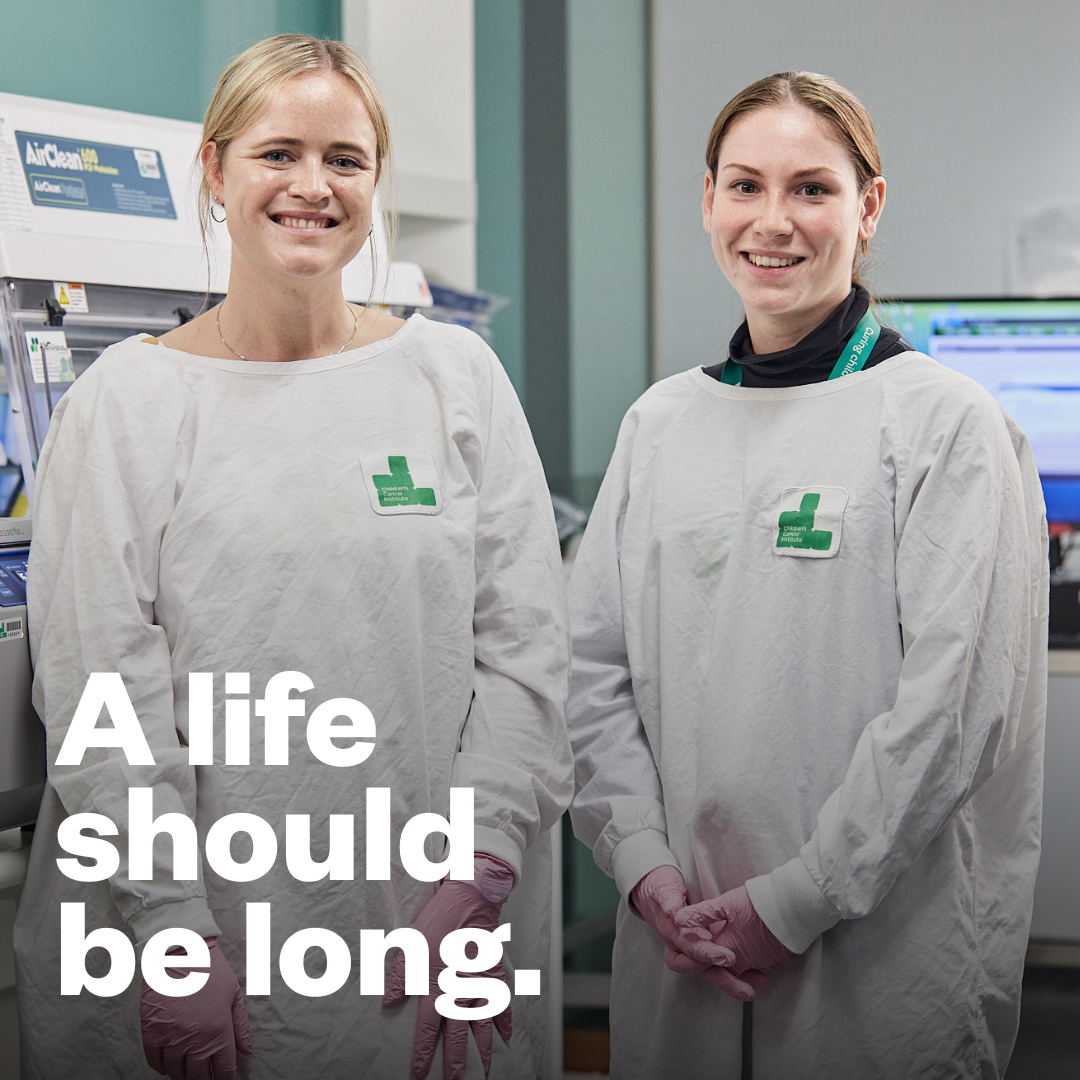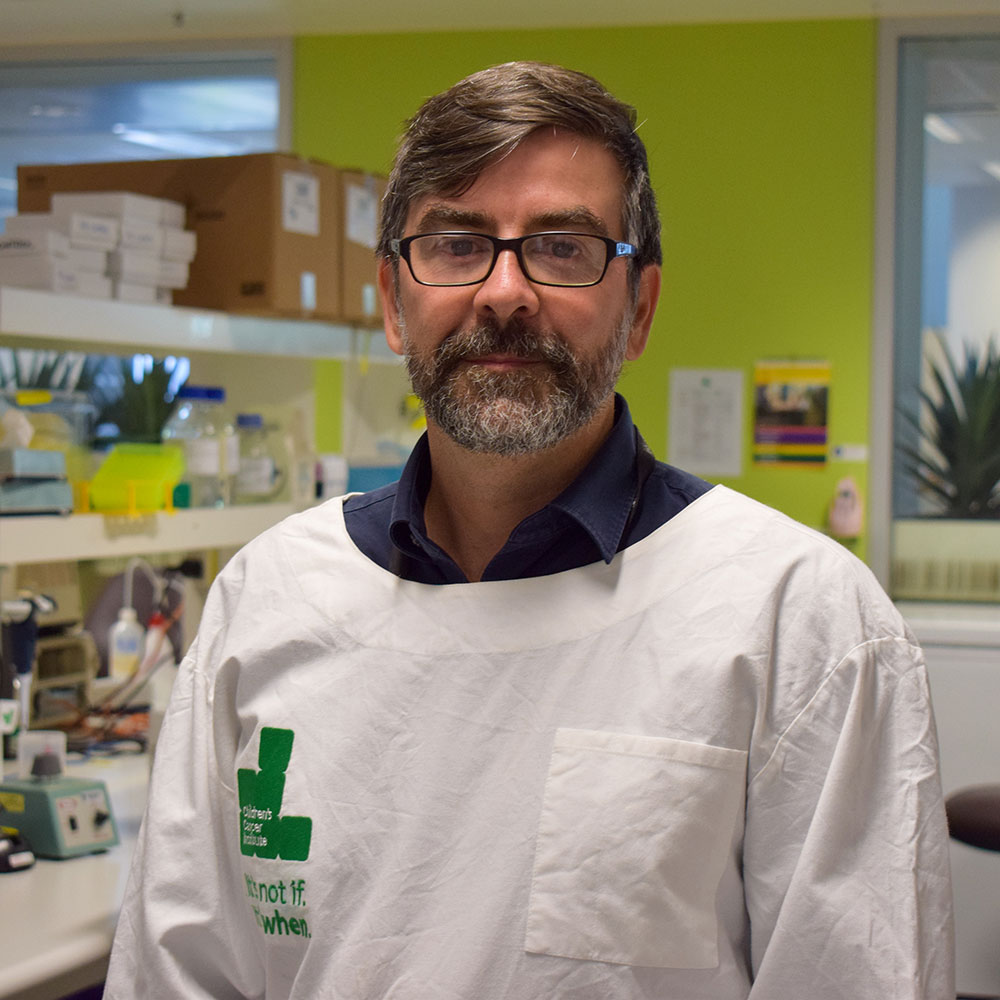Every cell in your body contains a staggering 2 metres of DNA. That’s how long those double helices would be when they’re stretched out. Fitting all that DNA into each microscopic cell requires some clever but complex packing techniques.
How do you pack 2 metres of DNA in every cell?
The packing materials that enable the long DNA strands to fit inside each cell of your body are called histones. DNA is wrapped around histones like strings around yo-yos. We’ve been studying a protein called DOT1L—an enzyme that alters histones.
DNA is the blue-print of cells—the plans from which all intracellular components are made. Histones play a role in determining which components will be constructed, when and in what quantities. When certain chemical changes are made to histones, such as DNA methylation, this influences which genes will be switched on or off.
Histone-modifying enzymes and cancer
Enzymes that make these chemical changes to histones are called histone-modifying enzymes. In cancer, many histone modifications promote cancer cell survival and proliferation. This makes these enzymes attractive targets for new anti-cancer therapies.
Which brings us back to DOT1L. DOT1L is a histone-modifying enzyme that’s been found to switch on many cancer-associated genes. For example, it’s involved in the generation of an aggressive subtype of leukaemia called Mixed Lineage Leukaemia.
With collaborators overseas and in Australia, our Histone Modification group, led by Associate Professor Tao Liu, has investigated the role of DOT1L in the childhood cancer called neuroblastoma. Neuroblastoma is a diverse disease. Around 20% of neuroblastomas have multiple copies of the MYCN gene. Instead of the usual single copy, they have 50–400 copies. These patients have a particularly poor prognosis.
The MYCN gene is the DNA blue-print for making the MYCN protein. This protein is a transcription factor, which means it switches on (activates) or off (silences) a lot of other genes. In this study, we discovered that MYCN protein switches on the DOT1L gene, leading to an increased amount of DOT1L protein in neuroblastoma cells. MYCN protein binds to this DOT1L protein, in effect recruiting DOT1L to help activate other cancer-associated genes.
Dr Matthew Wong is first author of a paper about this research in a recent issue of the journal Cancer Research. He’s pleased with results.
“It’s very exciting. We’re the first to find that DOT1L plays a critical role in MYCN-mediated neuroblastoma. That makes it a potential therapeutic target for some of the more aggressive cancers”, he said.

Using gene silencing technology, our researchers shut off DOT1L production in neuroblastoma cells. Without DOT1L, MYCN could no longer bind to its target genes and activate them. More importantly, with DOT1L removed, neuroblastoma cell growth decreased. The researchers also found that blocking DOT1L’s activity with a chemical inhibitor had the same effect on neuroblastoma cells.
There’s obviously a lot more work to do before we understand how to inhibit DOT1L to slow or stop neuroblastoma, but Matthew and his team are joining the dots.
Read the team’s research paper, published recently in the journal Cancer Research.















